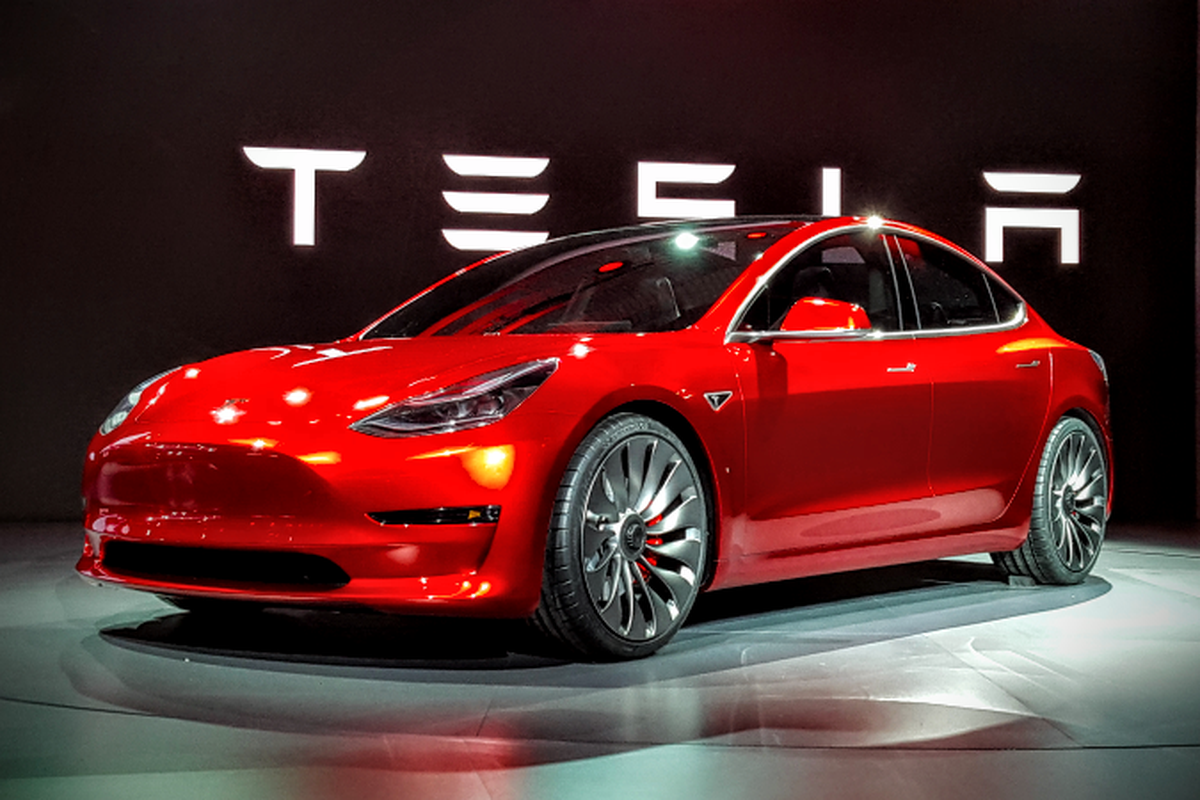New York – Tesla, the pioneering electric vehicle manufacturer led by CEO Elon Musk, reported an unexpected earnings miss for the final quarter of 2024, as weaker-than-anticipated sales and thinning profit margins put pressure on the company’s financial performance. Despite initial investor concerns that triggered a 6% decline in after-hours trading, Tesla’s stock managed to recover slightly, closing with a modest gain.
The latest earnings report revealed that Tesla’s revenue for the quarter came in at $25.7 billion, approximately $1.5 billion below Wall Street’s expectations. Meanwhile, the company’s net income of $2.5 billion, although reflecting a 3% increase compared to the same period the previous year, failed to meet analysts’ forecasts. More concerning for investors, Tesla’s operating profit margin—excluding revenue from regulatory credit sales—fell to 13.6%, significantly below the 16.2% margin projected by analysts and a sharp contraction from recent years.
The disappointing results come at a time when Tesla is navigating an increasingly competitive global EV market. In the United States, traditional automakers such as Ford and General Motors have aggressively expanded their electric vehicle offerings, while in China, Tesla continues to face growing competition from domestic manufacturers such as BYD, Nio, and XPeng, many of which benefit from government incentives. Meanwhile, European automakers, including Volkswagen and BMW, are accelerating their electrification strategies, putting further pressure on Tesla’s market share and pricing power. This heightened competition has contributed to a decline in vehicle prices, squeezing Tesla’s profitability and raising concerns about its future growth trajectory.
Adding to the unease, Tesla had already disclosed an unprecedented decline in annual sales for 2024—the first such drop in the company’s history. While Musk has remained optimistic about Tesla’s long-term prospects, the absence of a clear sales target for 2025 has left investors questioning the company’s growth strategy. Tesla stated that it expects a return to sales growth but cautioned that this would depend on multiple factors, including the pace of advancements in autonomous driving technology, the scaling of production at its global manufacturing facilities, and broader macroeconomic conditions.
In an effort to reassure investors, Tesla emphasized that its plans for launching a more affordable lineup of electric vehicles remain on schedule, with production expected to begin in the first half of 2025. Additionally, the company confirmed that its highly anticipated “Cybercab,” a fully autonomous robotaxi model, is set for release in 2026. However, Tesla has a history of missing production timelines, raising skepticism over whether these ambitious targets will be met as planned.
Beyond financial and operational challenges, Tesla is also facing increased regulatory and political scrutiny, particularly in the United States. Since the election of President Donald Trump, Musk has cultivated close ties with the new administration, securing a prominent role overseeing the Department of Government Efficiency (DOGE) initiative. While some investors initially viewed this relationship as a potential advantage for Tesla, the company could also be exposed to risks stemming from policy shifts.
One key area of concern is the potential rollback of EV incentives. President Trump has vowed to eliminate the $7,500 federal tax credit for electric vehicle purchases, a measure introduced under the Biden administration to stimulate EV adoption. While this change could hurt Tesla’s sales by making its vehicles less affordable for consumers, it may also provide a competitive advantage by reducing financial support for legacy automakers transitioning to electric mobility. At the same time, Tesla could see a decline in revenue from the sale of regulatory credits, which have historically provided a lucrative source of income. In 2024, the company generated $2.8 billion from these credit sales, but changes in federal policy could diminish their value moving forward.
Compounding Tesla’s challenges, Musk’s increasing political involvement has sparked controversy both in the United States and internationally. In recent months, he has aligned himself with far-right political factions in Germany and the United Kingdom, fueling concerns that Tesla’s brand may become polarizing among consumers. Given that a significant portion of Tesla’s customer base consists of environmentally conscious and progressive buyers, Musk’s outspoken political stances could pose reputational risks and potentially impact demand for the company’s vehicles.
As Tesla moves into 2025, the company finds itself at a critical juncture. With intensifying competition, shifting regulatory landscapes, and questions surrounding its long-term growth strategy, the automaker must navigate a complex array of challenges to sustain its position as a leader in the electric vehicle industry. Investors will be closely watching whether Tesla can deliver on its promises, improve its financial performance, and maintain its competitive edge in an increasingly crowded marketplace.







